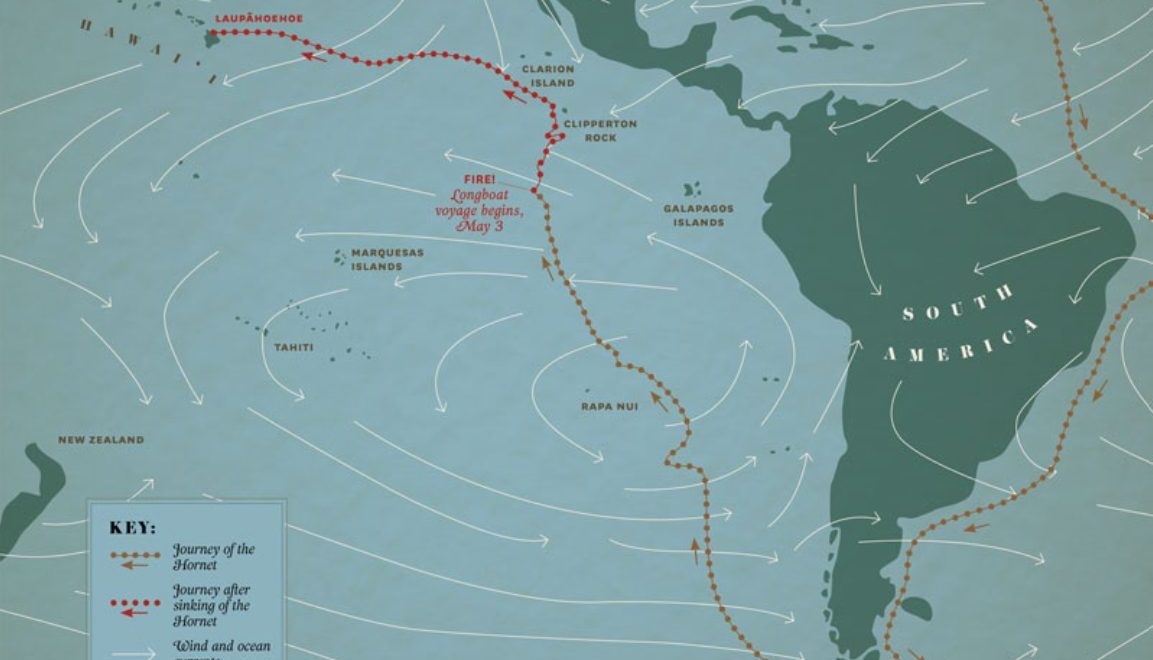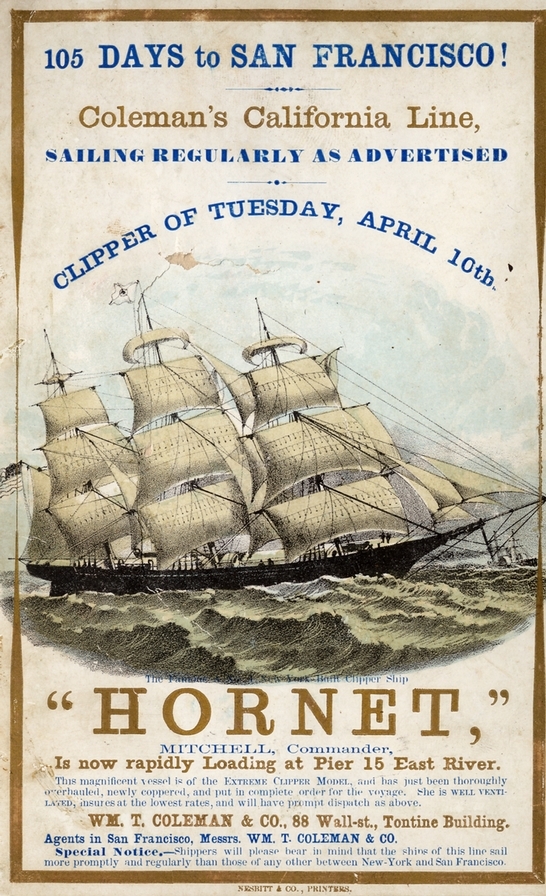Written by Aggie Morris, Development Coordinator
Most don’t know that 157 years ago this May, Henry Ferguson’s father (Henry Sr.) and uncle (Samuel) faced a surprising and harrowing event at sea. Henry Ferguson’s father and uncle were travelers on the ship named the Hornet Longboat. On May 3, 1866, the boat suffered a devastating fire and Henry’s father and uncle were just two of the 14 survivors that sustained the 40 day ordeal on the open sea.
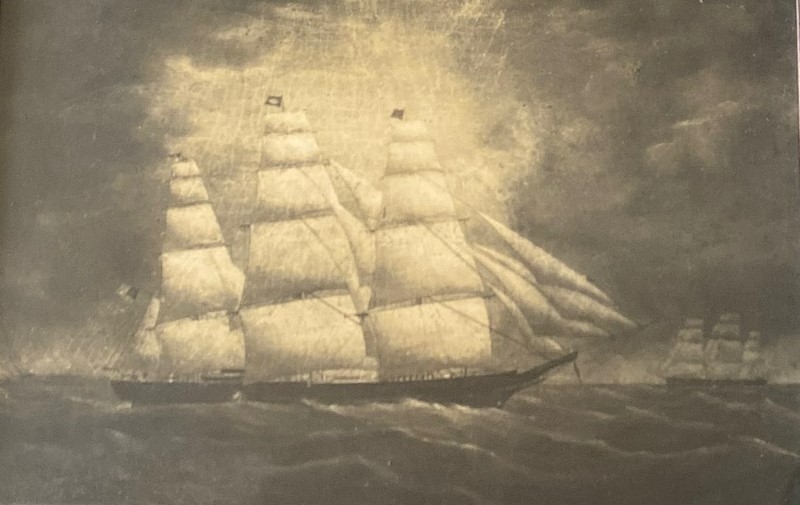
In 1866, the clipper Hornet Longboat left New York City, bound for San Francisco, California, under Captain Josiah Mitchell’s direction. A clipper was a type of mid-19th-century merchant sailing vessel, designed for speed. Clippers were generally narrow, could carry limited bulk freight, and had a large total sail area. The Hornet’s cargo included candles and kerosene oil, transferred in barrels, and 400 tons of Pacific Railroad iron.
Henry Sr. and Samuel Ferguson were passengers on the ship, headed for California and the warmer weather, as Samuel suffered from tuberculosis and was prescribed the more amenable climate. The narrow Hornet measured 207 feet in length, 40 feet in width, 22 feet in depth, and weighed 1,326 tons, and the entire trek was to take less than 130 days.
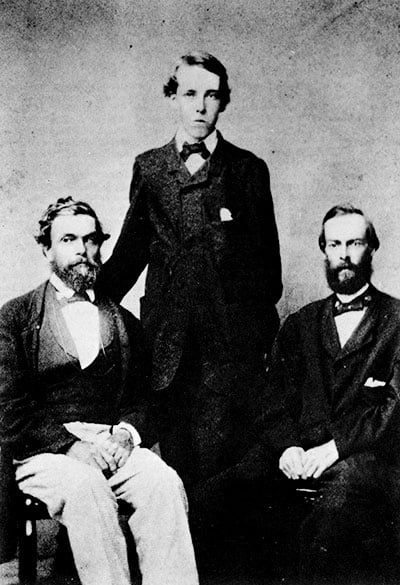
Henry Ferguson, Sr.
Photo Courtesy of Honolulu Magazine
During the voyage, the ship caught fire and began to sink in the Pacific Ocean. The crew desperately left the ship in just three open lifeboats, each approximately sized 21 feet in length. Captain Josiah Mitchell then safely carried fourteen of his men in a small open boat to the Hawaiian Islands, a distance of 4,000 miles. The captain′s boat reached Hawaii after a grueling 43 days at sea on June 15, 1866, with 14 survivors aboard, with the two other boats having unfortunately disappeared.
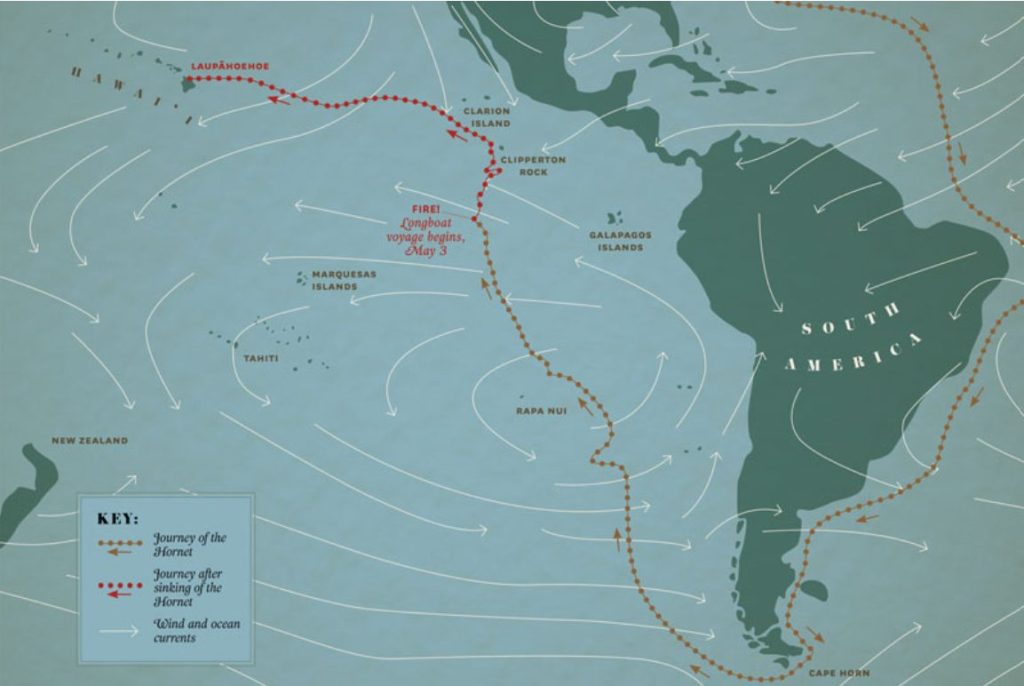
Photo Courtesy of Honolulu Magazine
This remarkable ordeal was published in several newspapers. Interestingly, among the first to interview the crew was Mark Twain, a correspondent for the Sacramento Daily Union, and he was one of the first to file an extensive report regarding the ordeal. Today the story is considered one of Twain’s important literary debuts, and we remain in awe at the bravery and strength of the Ferguson brothers.

